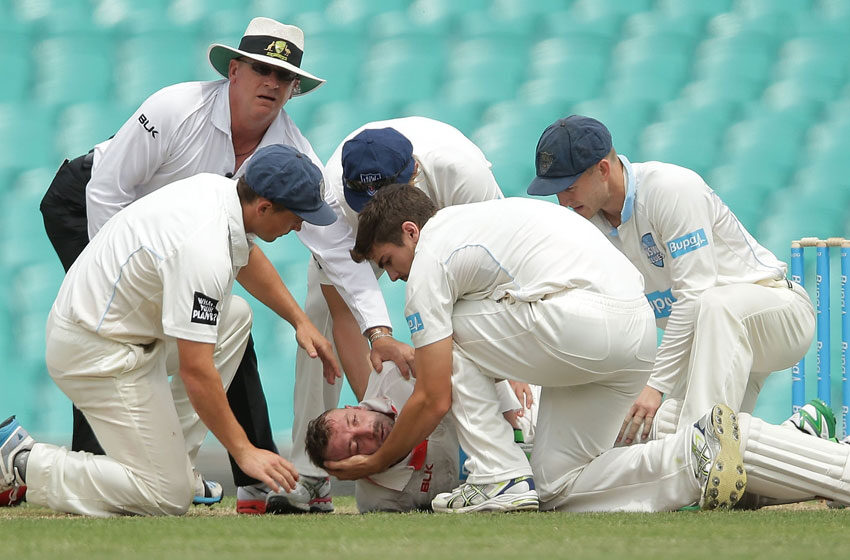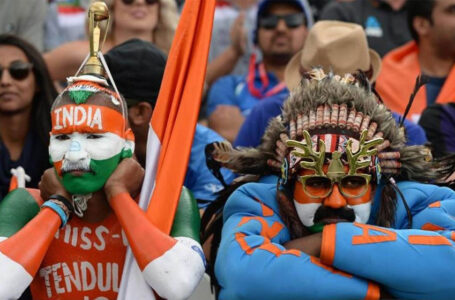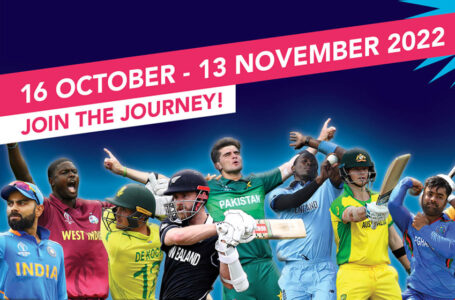DEATH ON A SPORTING FIELD

‘The death of Phillip Hughes in November last year – and the wave of grief that followed it – reminds us that not even sport is free from the occasional thunderclap of reality.’
On November 27, 2014, a twenty-five-year-old batsman turned out for South Australia against New South Wales. He stroked his way to 63 not out, and then swivelled to pull a short ball, like he must have millions of times in his life. Only this time, he missed the ball, and turned his head away at an angle, which sent the ball crashing into an unprotected area under his left ear. He bent over his knees for a second or two, then collapsed face-first onto the pitch. He went into a coma, and a day later, he passed away.
His name is Phillip Hughes. He played Test Cricket for Australia. After his death, the cricket world witnessed an outpouring of grief never seen before. The twitter hashtag, ‘putoutyourbats’, went viral around the world. People who didn’t know Hughes wrote to his family with messages of support. For almost a week, tributes kept flying in. Only when the first test match between India and Australia began did the mood lift.
Sporting deaths rattle us more than do deaths that happen in ‘real life’. Many 25-year-old men die every day, in accidents, in cancer wards, in their own homes. But when death comes visiting a sporting field, we all sit up and take notice. Why? Maybe it’s because sport, we think, is not real. It’s make-believe. The emotions are mere pretence. People come clashing against one another, yes, and fight as hard as they can for victory, but once it’s all finished, they shake hands. They live to fight another day. The enduring theme of sport is that everyone gets a second chance.
Unlike in life.
In a real battle, the side that ‘loses’ really loses – resources, women, lives, children. They get looted. In sport, all that happens is that the fans get despondent for a while, but only until the next game. Hope springs eternal. We all know that at the end of the day, it is after all ‘only a game’.
So when a stark reminder arrives every now and then, reminding us that sport also can get real, we get jolted. We wonder how this could be allowed to happen. It’s almost as if we think of sport as that rarefied sanctum into which death and sorrow cannot enter. At least not the real-life varieties, for sportspeople die metaphorical deaths almost every day. And when we find that alas, even sport is not immune to life, we flare-up, we cry real tears, and we ask why this had to occur.
Perhaps this will drive us further in pursuit of perfection. Helmets will get safer. Protective equipment will become sturdier. We will rationalise it away, calling accidents such as these ‘freaks’ (which they are), reassuring ourselves that the sanctum is secure, that the trespass is a rare one. We will safeguard our sporting arenas, and in our minds we will erect those monuments once again until reality comes again to knock it down. But build again we must.
After all, what is there if we abandon hope?





